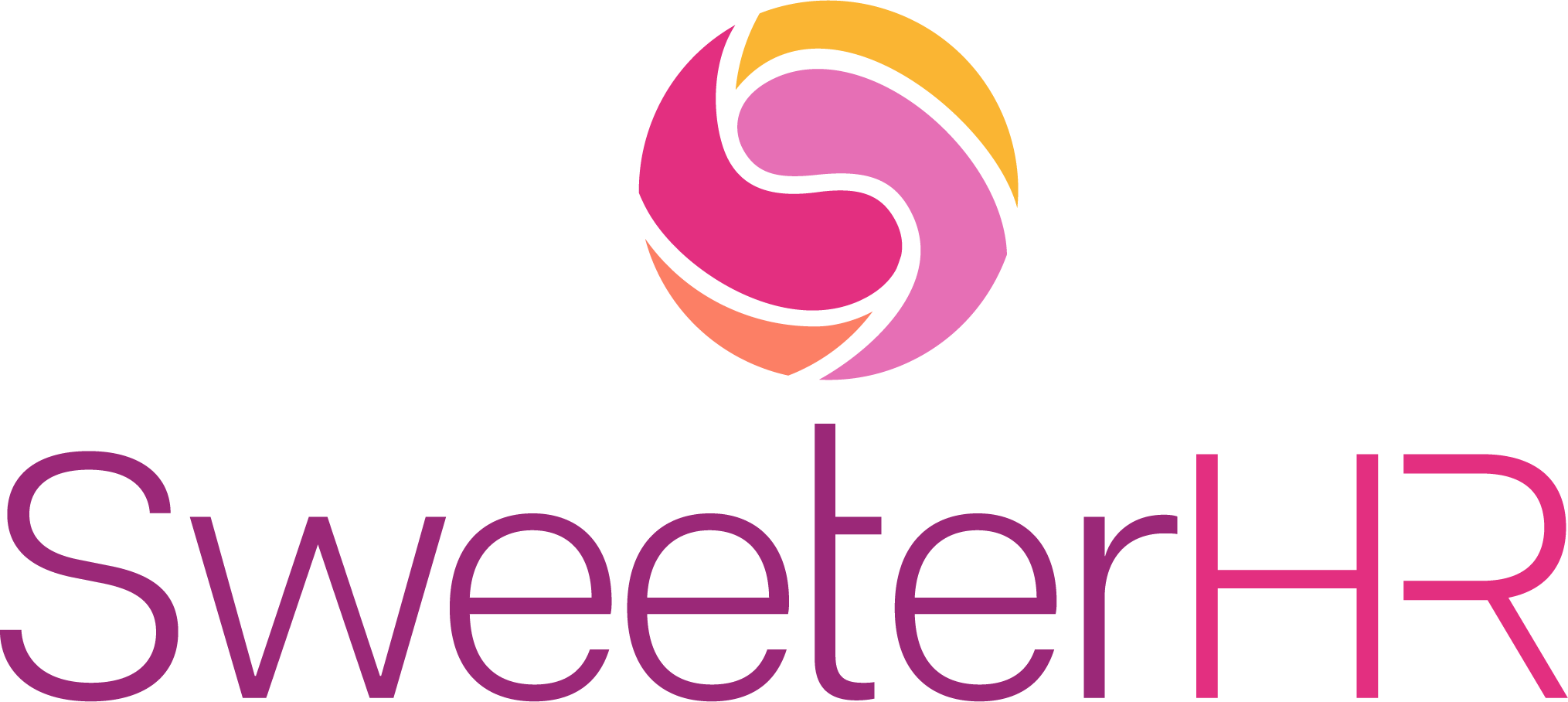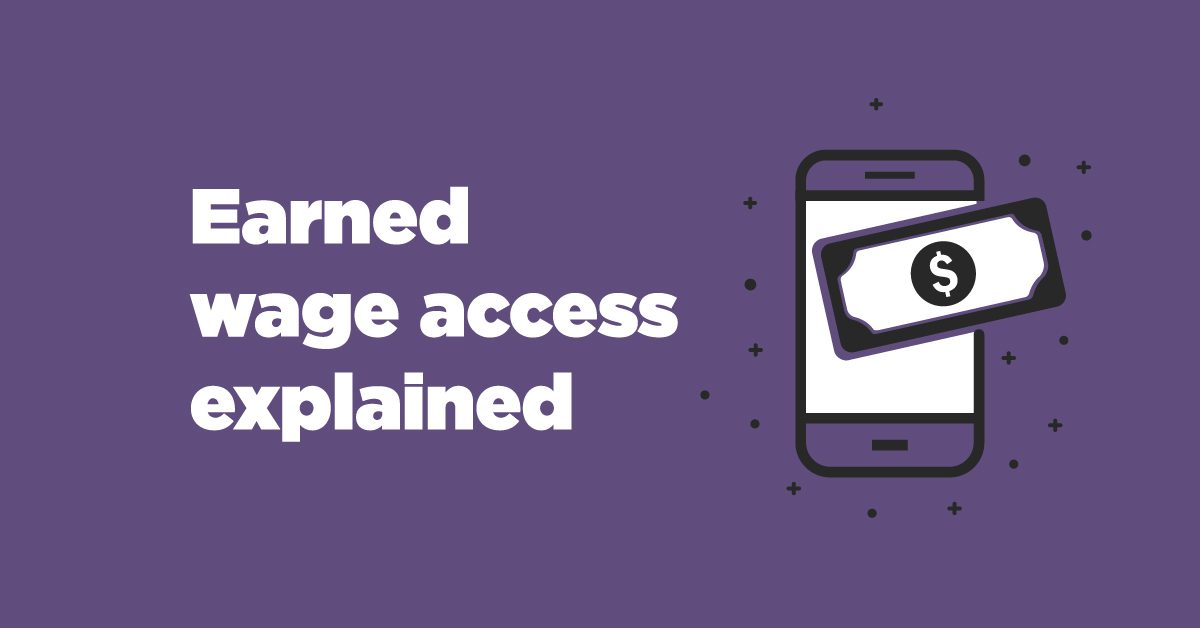Lower-earning workers in California can soon receive up to 90% of their regular wages through State Disability Insurance (SDI) and Paid Family Leave (PFL) program benefits. Other eligible employees in the state of California can receive up to 70% of their regular wages.
Currently, lower-income employees receiving benefits under these programs can expect to receive up to 70% of their base pay, while their higher-earning counterparts can receive up to 60% of their base pay, to the weekly benefit cap of $1,620.00.
Gavin Newsom, CA’s governor, signed these changes (Senate Bill (SB) 951) into law late last September to take effect beginning January 1st, 2025. In preparation for these expanded benefits, the in-force payroll tax limit will be lifted on January 1, 2024, affecting California workers making more than $153,164 per year.
To prepare for these changes, do not wait to coordinate with your payroll servicer about the upcoming tax implications, and discuss these updates with your employees, including the increased SDI and PFL benefits they could be eligible for in 2025.










